Stem Cell Therapy for Parkinson's Disease in Tijuana: Cost & Benefits
Welcome to a detailed look at stem cell treatment for Parkinson's Disease in Tijuana, Mexico. This progressive neurological condition affects millions worldwide, and many are exploring advanced therapies like stem cells to manage symptoms and potentially slow disease progression. Tijuana, Mexico, has emerged as a prominent destination for medical tourism, offering competitive pricing and often innovative approaches to treatment. This blog post aims to answer your most pressing questions about the average price of stem cell treatment for Parkinson's Disease in Tijuana, along with other crucial considerations, providing you with clear, direct answers followed by in-depth explanations.
What is the average price of stem cell treatment for Parkinson's Disease in Tijuana, Mexico?
"The average price of stem cell treatment for Parkinson's Disease in Tijuana, Mexico, typically ranges from $8,000 to $15,000 USD, though some packages can go as low as $4,900 or as high as $25,000, depending on the clinic, the type and number of stem cells used, and the comprehensiveness of the package."
The cost of stem cell therapy for Parkinson's Disease in Tijuana can vary significantly based on several factors. Clinics in Tijuana offer a range of treatment protocols, from those focusing on a single, targeted infusion to more extensive programs involving multiple sessions, different types of stem cells (e.g., mesenchymal, umbilical cord-derived), and adjunctive therapies. The quoted price often includes not only the stem cell infusions but also consultations, medical evaluations, and sometimes even ground transportation and accommodation. It's crucial for patients to obtain a detailed breakdown of what is included in their chosen package to avoid any hidden costs.
Why is stem cell treatment for Parkinson's Disease often more affordable in Tijuana than in other countries?
"Stem cell treatment for Parkinson's Disease is often more affordable in Tijuana, Mexico, due to lower operating costs, reduced administrative overhead, and a competitive medical tourism market compared to countries like the United States, Canada, or Europe."
The economic landscape in Mexico allows medical facilities to offer services at a fraction of the cost found in many Western nations. This includes lower labor costs for medical staff, less expensive facility upkeep, and a different regulatory environment that can reduce the overall cost of treatments. Additionally, Tijuana's proximity to the United States makes it an attractive and accessible option for patients seeking advanced stem cell therapies at a more budget-friendly price, leading to a competitive market among clinics vying for international patients. This competitive environment can drive prices down further while maintaining, and often exceeding, international standards of care.
What types of stem cells are typically used for Parkinson's Disease treatment in Tijuana?
"For Parkinson's Disease treatment in Tijuana, clinics commonly use mesenchymal stem cells (MSCs), often derived from umbilical cord tissue, adipose (fat) tissue, or bone marrow, due to their regenerative and anti-inflammatory properties."
Mesenchymal stem cells (MSCs) are multipotent stromal cells that can differentiate into various cell types and secrete bioactive molecules that promote tissue repair and modulate immune responses. These characteristics make them a promising candidate for treating neurodegenerative conditions like Parkinson's Disease. Umbilical cord-derived MSCs are particularly favored by some clinics in Tijuana because they are ethically sourced, readily available, and generally considered to have high potency and a low risk of immune rejection. The source of the stem cells can influence the treatment protocol and, subsequently, the overall cost.
How many stem cell sessions are typically required for Parkinson's Disease in Tijuana?
"The number of stem cell sessions required for Parkinson's Disease in Tijuana varies widely based on individual patient needs, the severity of the condition, and the clinic's specific treatment protocol, but often involves one to several infusions over a period."
Some patients may undergo a single intensive treatment, while others might receive a series of infusions spaced out over weeks or months. The exact regimen is determined after a thorough medical evaluation by the treating physician, who assesses the patient's current health status, the progression of Parkinson's Disease, and their response to initial treatments. Clinics will usually outline the proposed number of sessions during the initial consultation, which will directly impact the total cost of stem cell treatment.
What is included in a typical stem cell treatment package for Parkinson's Disease in Tijuana?
"A typical stem cell treatment package for Parkinson's Disease in Tijuana often includes the initial consultation, medical evaluations (e.g., blood tests, imaging), the stem cell infusions themselves, and post-treatment follow-up, with some comprehensive packages also covering ground transportation and accommodation."
Beyond the core stem cell administration, many clinics aim to provide a holistic experience. This can include detailed pre-treatment assessments to tailor the therapy to the patient's specific needs, the necessary lab work to ensure safety and effectiveness, and structured follow-up care to monitor progress. Some higher-end packages may even provide VIP transfers from the San Diego border or local airports and include hotel stays, enhancing the overall patient experience and convenience. Always confirm the exact inclusions with the clinic before committing to a treatment.
Are there any hidden costs associated with stem cell treatment in Tijuana?
"While many clinics strive for transparency, potential hidden costs for stem cell treatment in Tijuana can include additional diagnostic tests not initially quoted, medications, unforeseen complications, or personal expenses like extended accommodation and meals."
To avoid unexpected expenses, it's essential to have a clear and detailed treatment plan and cost breakdown from the clinic. Inquire about all potential fees, including those for pre-treatment screenings, post-treatment medications, and any follow-up care beyond the initial package. Clarifying whether consultations are included in the overall price or are a separate fee is also important. Patients should budget for travel, accommodation, and personal expenses, as these are typically not part of the medical treatment cost unless explicitly stated in an all-inclusive package.
How does the type of stem cell affect the price of Parkinson's Disease treatment?
"The type of stem cell used significantly impacts the price of Parkinson's Disease treatment because different cell sources (e.g., umbilical cord, adipose, bone marrow) involve varying collection, processing, and application complexities, affecting the overall cost."
For instance, umbilical cord-derived stem cells are often sourced from accredited labs and may involve higher acquisition costs due to their processing and quality control. Adipose-derived stem cells require a mini-liposuction procedure, which adds to the procedural cost. Bone marrow-derived stem cells involve a bone marrow aspiration. Each method has its own set of equipment, personnel, and lab processing expenses, which are reflected in the final price of the stem cell treatment for Parkinson's Disease. The quantity and viability of the stem cells administered also play a role in pricing.
Is stem cell treatment for Parkinson's Disease covered by insurance in Tijuana?
"Generally, stem cell treatment for Parkinson's Disease is not covered by insurance in Tijuana, as most private and public insurance providers consider it experimental or investigational for this condition, regardless of location."
Because stem cell therapy for Parkinson's Disease is still largely considered an experimental or unproven treatment by many mainstream medical organizations and insurance companies, it typically falls outside of standard coverage. Patients should be prepared to pay for the treatment out-of-pocket. It is always advisable to check directly with your insurance provider regarding their specific policies on stem cell therapies to confirm any potential exceptions or reimbursements for related medical expenses, though full coverage for the stem cell treatment itself is unlikely.
What is the success rate of stem cell treatment for Parkinson's Disease in Tijuana?
"The reported success rate of stem cell treatment for Parkinson's Disease in Tijuana varies, with many clinics reporting positive outcomes such as improved motor function and reduced symptoms; however, it's important to note that rigorous, large-scale clinical trials are still ongoing, and results can differ significantly among individuals."
While many patients report anecdotal improvements in their Parkinson's Disease symptoms after stem cell therapy, defining a definitive "success rate" is challenging due to the variability in treatment protocols, patient conditions, and the absence of standardized outcome measures across all clinics. Reputable clinics will discuss realistic expectations and the potential for symptom management rather than a cure. It is crucial for patients to understand that stem cell treatment aims to improve quality of life and potentially slow disease progression, not necessarily to reverse the condition entirely.
What should I consider when choosing a clinic for stem cell treatment in Tijuana?
"When choosing a clinic for stem cell treatment in Tijuana, consider the clinic's accreditations, the qualifications and experience of its medical staff, the transparency of its pricing, patient testimonials, and the specific stem cell protocols offered for Parkinson's Disease."
Thorough research is paramount. Look for clinics with international accreditations or affiliations that demonstrate adherence to high standards of medical care and safety. Inquire about the doctors' credentials, their experience with Parkinson's Disease, and their expertise in stem cell therapies. Transparency in cost and treatment plans is a good indicator of a trustworthy clinic. Reading patient reviews and, if possible, speaking with former patients can provide valuable insights. Also, understand the type of stem cells used, their sourcing, and the method of administration to ensure it aligns with your preferences and needs.
How long is the recovery period after stem cell treatment for Parkinson's Disease?
"The recovery period after stem cell treatment for Parkinson's Disease is generally minimal, as the procedures are typically non-surgical or minimally invasive, allowing most patients to resume normal activities within a few days, though the therapeutic effects may take weeks or months to become noticeable."
Most stem cell treatments involve intravenous infusions or localized injections, which do not require extensive downtime. Patients may experience minor side effects at the injection site or mild flu-like symptoms for a day or two. The actual regenerative process of the stem cells within the body is gradual, meaning that any symptomatic improvements in Parkinson's Disease may not be immediately apparent. Consistent follow-up and adherence to post-treatment recommendations from the clinic are important for optimal outcomes.
What are the potential risks and side effects of stem cell treatment for Parkinson's Disease?
"The potential risks and side effects of stem cell treatment for Parkinson's Disease are generally low but can include infection at the injection site, allergic reactions, temporary flu-like symptoms, or, in rare cases, unexpected cellular growth or immune responses."
While serious complications are uncommon, it's crucial to be aware of them. Reputable clinics follow stringent safety protocols to minimize risks, including screening patients for suitability, using sterile techniques, and employing high-quality stem cell products. Discussing potential side effects and complications with your physician before treatment is essential to ensure you are fully informed and comfortable with the procedure. The source and processing of the stem cells also influence the safety profile.
What kind of improvements can be expected from stem cell treatment for Parkinson's Disease?
"Patients undergoing stem cell treatment for Parkinson's Disease may experience improvements in motor symptoms such as tremors, rigidity, and bradykinesia, as well as non-motor symptoms like sleep disturbances, fatigue, and cognitive function, leading to an enhanced quality of life."
It's important to set realistic expectations. Stem cell therapy for Parkinson's Disease is often aimed at managing symptoms and potentially slowing disease progression rather than providing a complete cure. The degree of improvement can vary significantly from person to person. While some patients report substantial benefits, others may experience more subtle changes. Improvements are typically gradual and may require sustained effort through continued physical therapy and lifestyle adjustments alongside the stem cell treatment.
What is the legal and regulatory status of stem cell treatment in Tijuana, Mexico?
"The legal and regulatory status of stem cell treatment in Tijuana, Mexico, is generally more permissive than in some other countries, with clinics operating under federal health regulations, though oversight can vary, making it crucial for patients to choose well-established and reputable facilities."
Mexico has a legal framework that allows for the use of certain stem cell therapies, particularly those using adult stem cells or ethically sourced umbilical cord stem cells, provided clinics adhere to specific health and safety guidelines. This contrasts with stricter regulations in countries like the United States, where many stem cell treatments for Parkinson's Disease are still limited to clinical trials. Patients should ensure that the clinic they choose is fully licensed and adheres to national and international standards to ensure the safety and legality of their stem cell treatment experience.
Are there specific follow-up care requirements after stem cell treatment for Parkinson's Disease?
"Specific follow-up care requirements after stem cell treatment for Parkinson's Disease can include ongoing physical therapy, medication management, lifestyle adjustments, and periodic check-ups with the treating clinic to monitor progress and adjust the care plan as needed."
Post-treatment care is vital for maximizing the potential benefits of stem cell therapy. Clinics in Tijuana will typically provide guidelines for activities to avoid, dietary recommendations, and a schedule for follow-up consultations. These follow-ups may be conducted remotely or require return visits. Adherence to these recommendations helps to support the body's healing process and optimize the integration and effects of the stem cells, contributing to sustained improvements in Parkinson's Disease symptoms.
Explore PlacidWay for solutions related to medical tourism and healthcare services for advanced treatments like stem cell therapy.

.png)

.png)
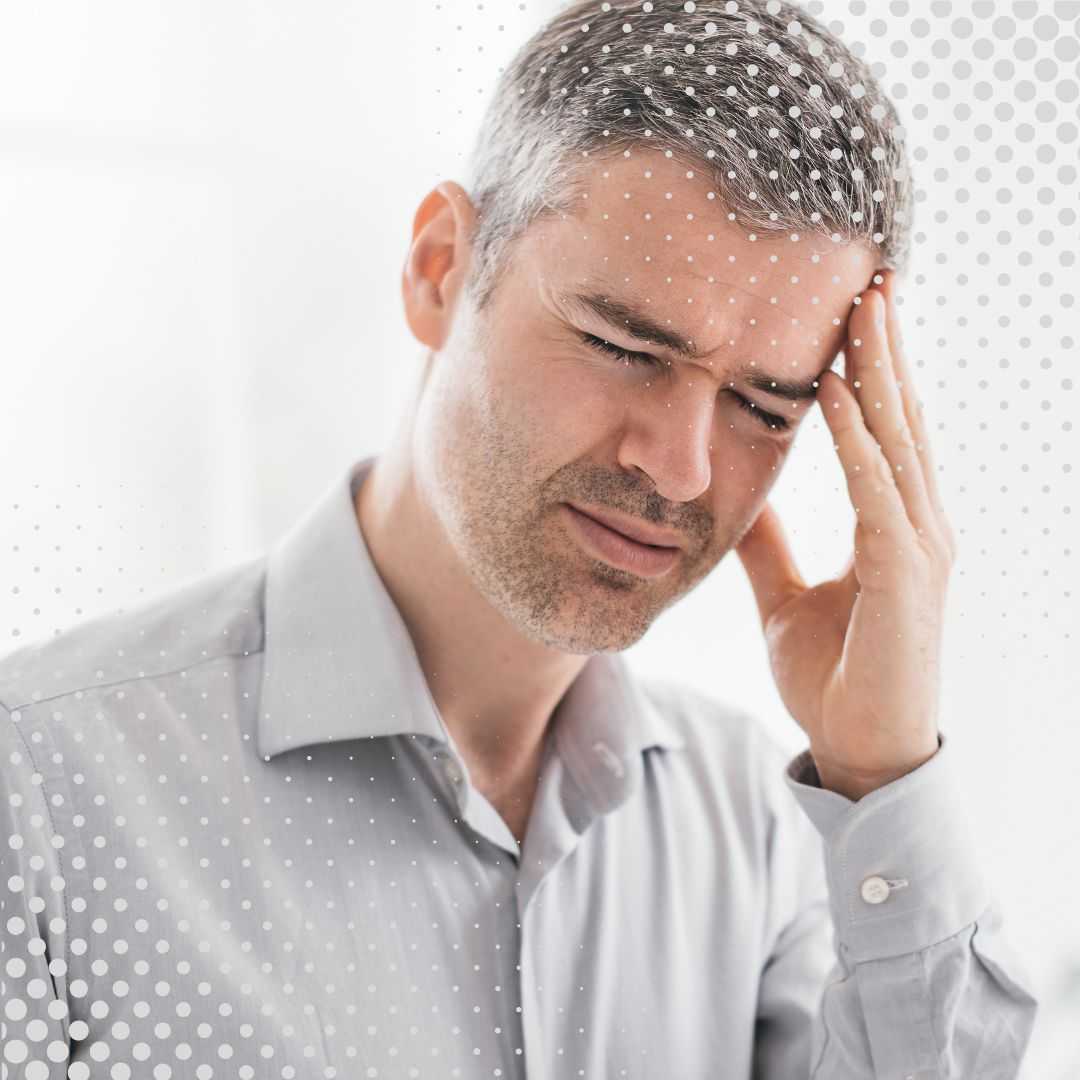




.jpg)
.png)
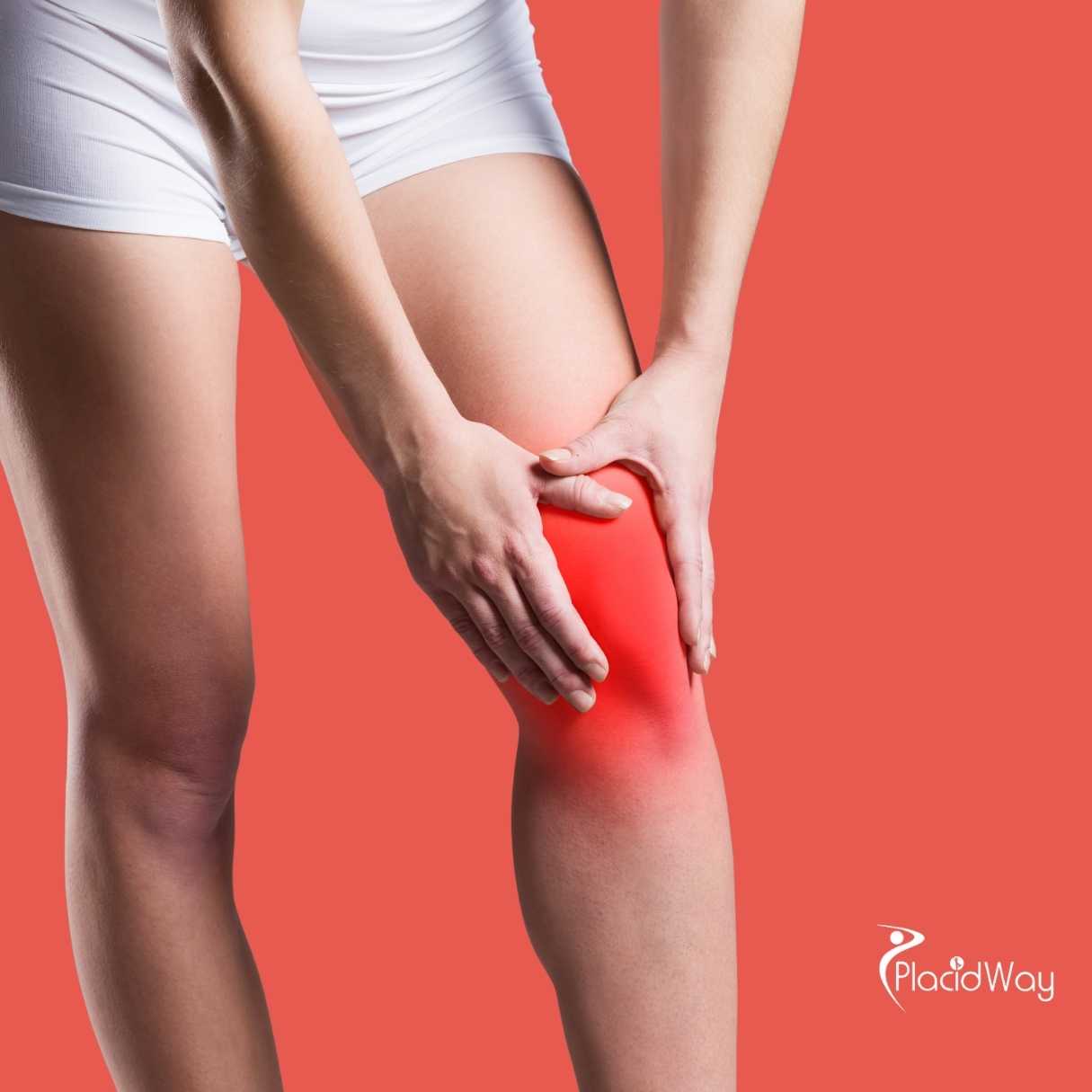
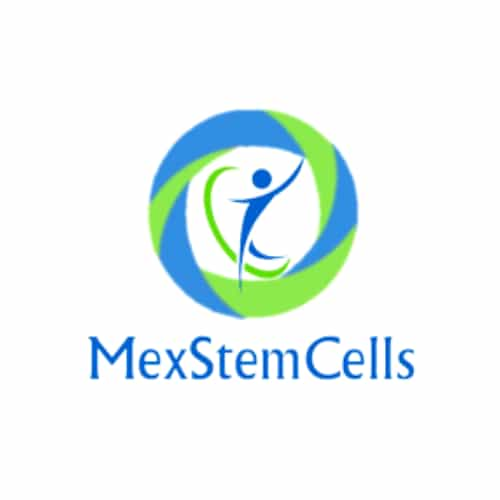
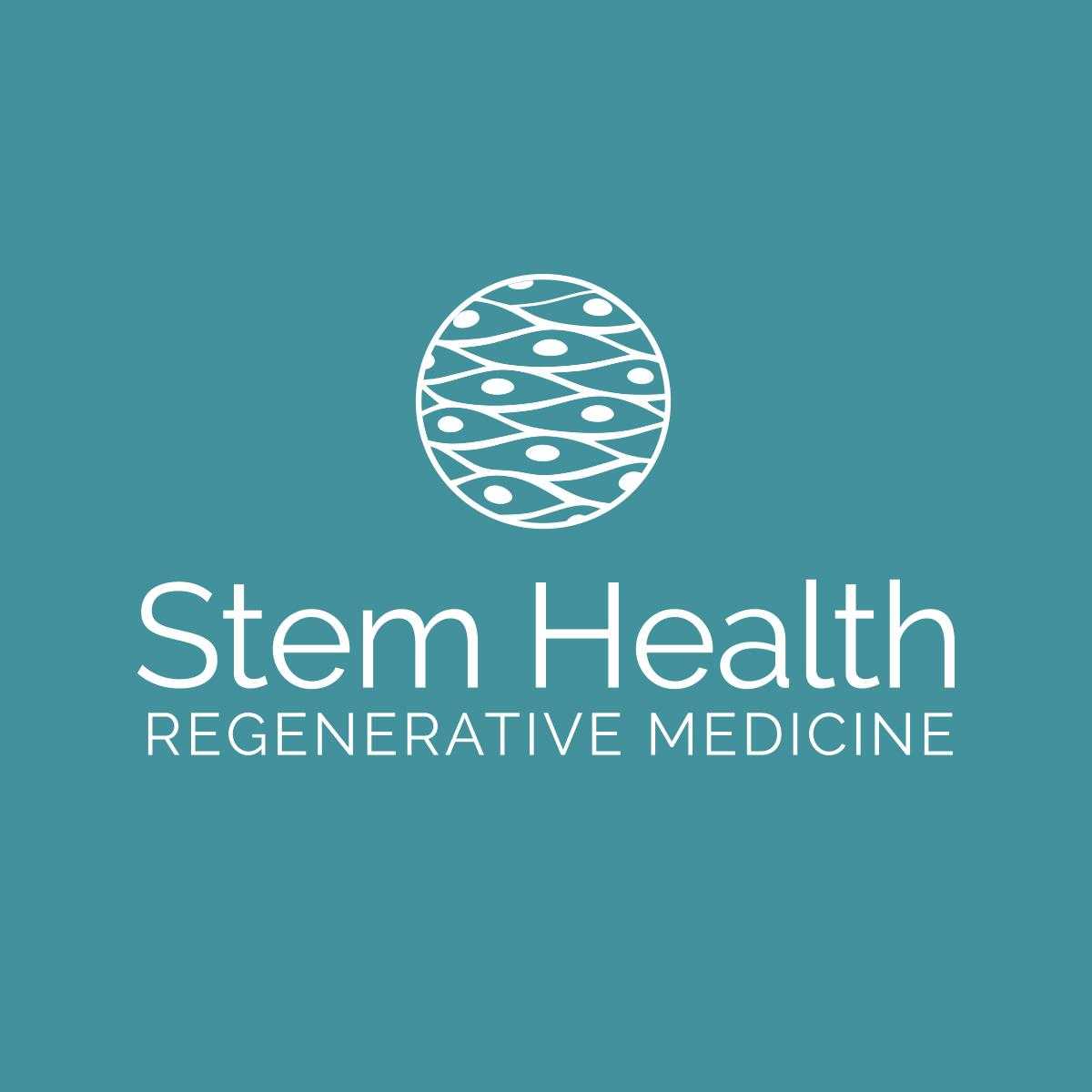

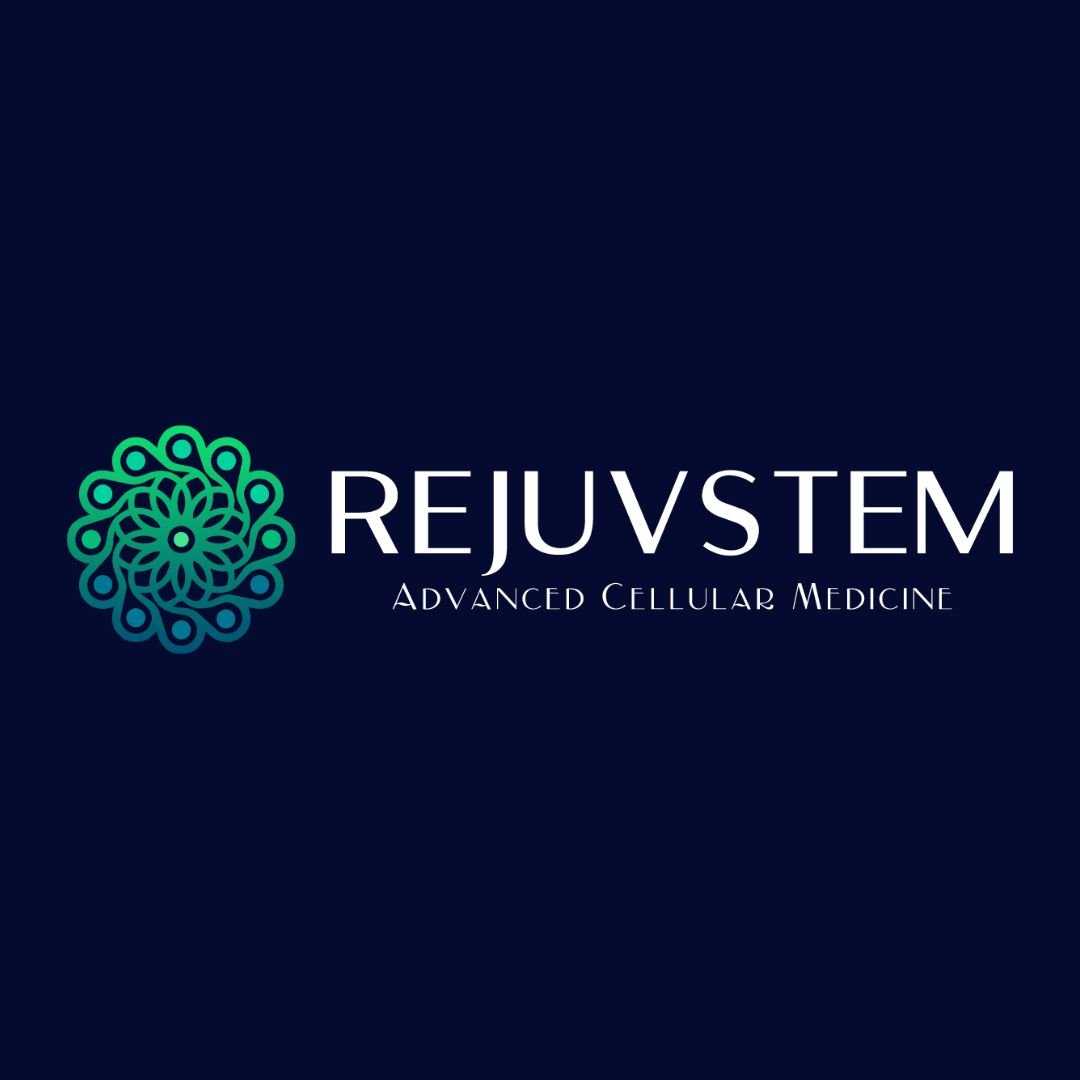
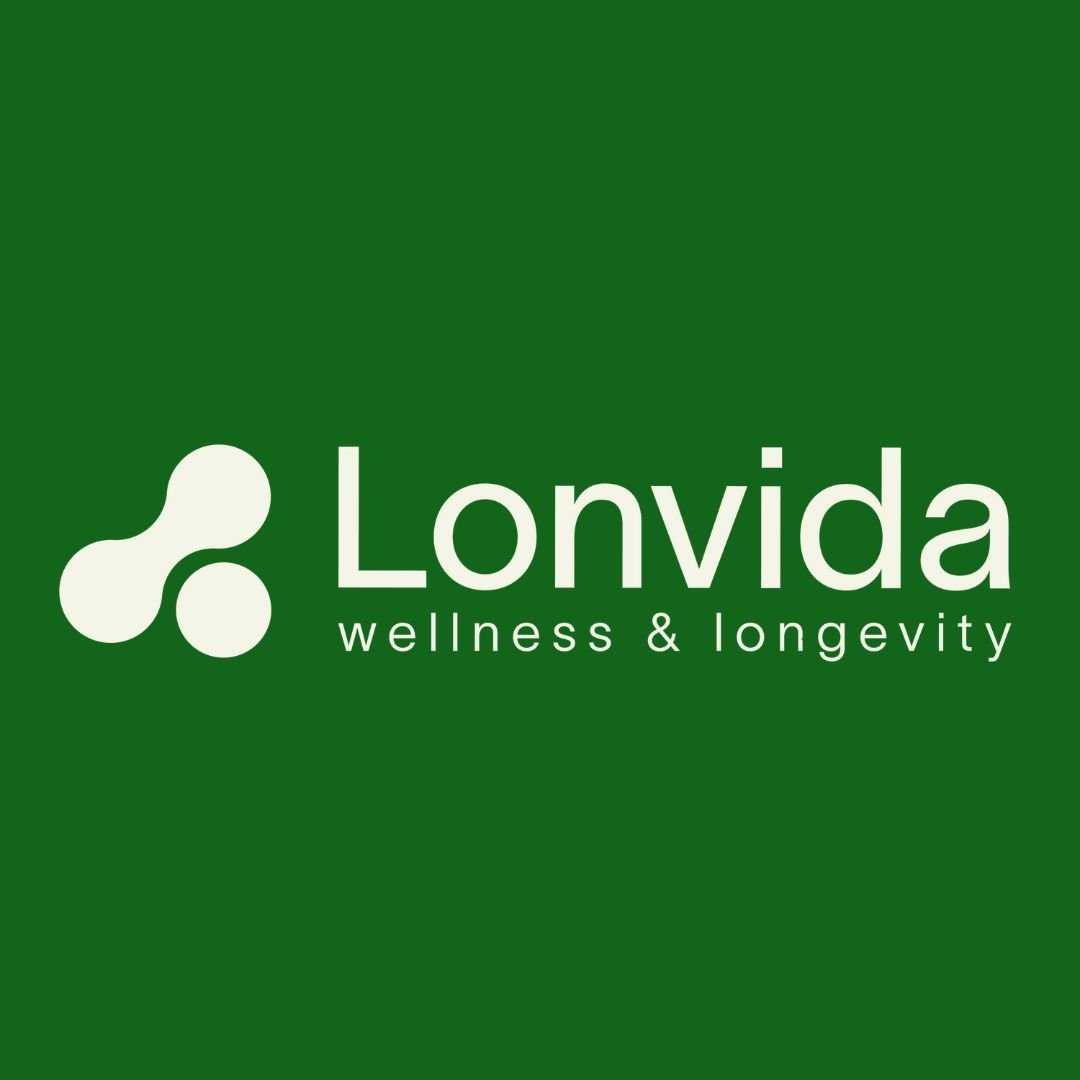

Share this listing